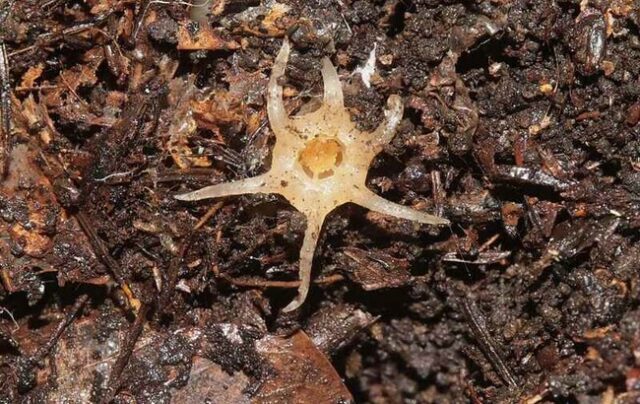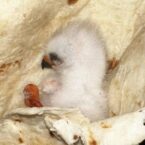
The recent discovery of a new plant species in Japan has astounded the scientific community, marking not only the first identification of a new plant in the country in nearly a century but also unveiling a unique behavior previously unseen in the botanical world. This newfound species, named Relictithismia mujina-no-shokudai, belongs to the fairy lantern group known as Thismiaceae. In a departure from conventional plant behavior, these white, glass-like plants eschew photosynthesis and, instead, draw sustenance from fungal mycelia in the soil—an unprecedented observation. Fairy lanterns, typically found in tropical, subtropical, and temperate regions, are known for their elusive nature, often concealed beneath fallen leaves and sporadically revealing delicate glasswork-like flowers above ground. The rarity and elusiveness of this newly discovered species, coupled with its distinctive feeding behavior, have sparked significant interest and concern among botanists.

Led by Kobe University botanist Dr. Kenji Suetsugu, the research team delved into the ecological intricacies of Relictithismia. Collaborating with local botanists who have unparalleled access to secluded regions across Japan, the scientists faced challenges in locating additional specimens. Eventually securing more samples a year later, the team conducted comprehensive morphological and genetic analyses, determining that Relictithismia is not only a new species but also different enough to warrant classification in a distinct genus. Named Mujina-no-shokudai, meaning “badger’s candleholder,” this plant represents a fascinating divergence in the evolutionary history of the Thismiaceae family, retaining characteristics lost in the more well-known Thismia genus. Dr. Suetsugu emphasizes the rarity of such discoveries in Japan, underscoring the necessity for continuous exploration and study of the world’s flora to unveil hidden species and address conservation concerns, particularly as these unique plants face heightened vulnerability to environmental changes.


















